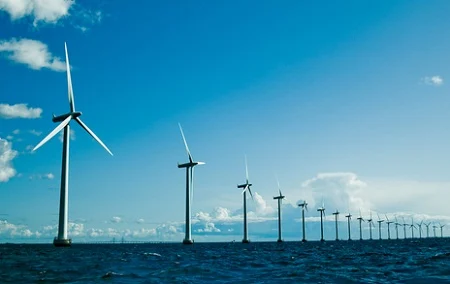If even some small portion of the vast offshore wind potential the United States holds is ever accessed, it’s going to need to be integrated into the grid (or, more likely, grids). How’s that going to be pulled off?
Where should the development focus in order to ease grid interconnection? What technologies will work best?

These are the sort of questions the consultant ABB said it and several partners will be looking into in the coming months in a study backed by the U.S. Department of Energy (DOE).
The $900,000 in funding for the “National Offshore Wind Energy Grid Interconnection” study was part of $43 million in research grants for offshore wind that the DOE announced back in September.
ABB said John Daniel, senior principal consultant for the company, will head up the project, working with experts from AWS Truepower, Duke Energy, the National Renewable Energy Lab and the University of Pittsburgh.
“We believe that we have put together a strong team and look forward to working with our partners on this study,” Daniel said in a statement.
“We hope we will be able to help the Department of Energy provide valuable information for the utilities, developers, legislators and regulators on the path forward to including offshore wind as part of the energy portfolio of the U.S.”
Supporters of renewable energy would be happy to see that happen. Onshore wind power is growing rapidly in the United States, and enormous offshore wind power projects in the waters off the United Kingdom, Denmark, Germany – pick your favorite northern European country – seem to be announced weekly.
But the United States still doesn’t have even a single offshore wind turbine producing power. Nonetheless, the Obama administration is plugging away with its “Smart from the Start” process, which it hopes will speed development toward the DOE’s target of 20 percent wind energy by 2030 for the United States, which would require 54 gigawatts (GW) of deployed offshore wind generating capacity.






